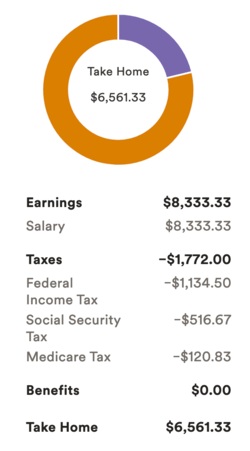Mortgage bonds, seen as haven, get hit as rates took wild ride
unitedbrokersinc_m7cmpd2025-05-09T19:22:28+00:00Asset managers and strategists have for years touted mortgage bonds as a haven when the economy stumbles, but the debt has underwhelmed since President Donald Trump announced his tariff blitz. Agency mortgage backed securities have slipped about 1.1% since the start of April, trailing Treasuries and the broader US bond market. MBS tend to suffer when there's more uncertainty about the direction of interest rates. The most liquid part of the market, known as current coupon bonds, has also lagged Treasuries. READ MORE: What do the recent FHFA shifts mean for mortgage lenders?Usually the bonds perform well during recessions, as the Federal Reserve cuts rates, and the direction of monetary policy and bond yields becomes a little more predictable. Mortgage bonds are supported by government-backed companies like Fannie Mae and Freddie Mac, giving them little credit risk. Often the biggest factor for their valuations is how quickly or slowly principal will come back to investors, which is tied to the probable direction of interest rates.But their recent underperformance underscores a real risk with mortgage bonds: they can get hit when rates markets fluctuate wildly. In this market, there's still ample ambiguity about where rates are headed and if a recession is coming. This week, Fed Chair Jerome Powell said he "couldn't confidently predict" future policy. A measure of interest-rate uncertainty, the ICE BofA MOVE Index, is up since mid-February. "MBS performance was worse last month than some investors anticipated," said Zachary Aronson, a portfolio manager at MacKay Shields, a money manager owned by New York Life. "While agency bonds are protected against defaults, they remain vulnerable to uncertainty — especially around interest rates and Fed policy." READ MORE: What the latest Fed meeting means for mortgage lendersPrices on Treasuries have been in turmoil since at least the start of April, when Trump announced widespread tariffs aimed at a series of nations. Since then he's delayed the implementation of those levies, and talked more about negotiating bilateral trade agreements with multiple countries, which has helped soothe markets. Mortgage bond spreads have tightened modestly this week, and some investors see the potential for more of that to come. "During the volatility of last month's tariff news MBS underperformed pretty significantly, including against corporate bonds," said Brian Quigley, a portfolio manager at Vanguard. "But it's in the second leg of risk off that MBS has the real advantage. If economic growth slows, the credit guarantee of MBS helps it outperform compared with corporates, which could see higher defaults."Stubbornly HighMoney managers' bulging ownership of MBS may have helped push risk premiums wider during April's tumult, according to Citigroup Inc. strategist Ankur Mehta. As investors yanked money from bond funds, money managers, heftily weighted toward the bonds over Treasuries, were forced to offload some of those holdings."There was a dash for cash as funds rushed to meet redemptions, and the selling was skewed towards MBS given their overweights in the sector," Mehta said.A month after Trump's tariff announcement first rocked markets, MBS risk premiums remain "stubbornly elevated," said strategists at Bank of America Corp earlier this week. Analysts at Goldman Sachs also this week noted the relatively high levels for MBS spreads even as spreads on corporate bonds have retreated even as spreads on corporate bonds have retreated. Performance over a few weeks isn't how most investors look at returns. MBS aren't doing terribly so far this year, having gained 2.3%, outperforming credit and the broader market, not to mention US equities, which are down 3.3% through Thursday's close on a total return basis.The outlook for the rest of the year is much harder to forecast. Corporate bonds can sell off during economic downturns as investors worry about companies paying the bills and revenue shrinking, while bonds with less credit risk can perform better. "We think these assets are incredibly attractive," said Bryan Whalen, fixed income chief investment officer of TCW, referring to mortgage bonds. "We're comfortable where we are, acknowledging that the short-term has the potential to be a little bit rocky."

